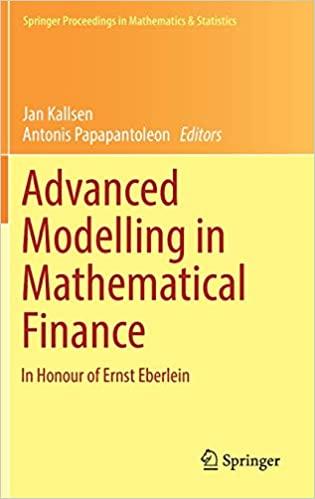Cuford Clark is a recent rebree who is interested in investing some of his savings in corpornte bonds. His financial planner has stiggested the following bonds: - Bond A has a 9% annual coupon, matures in 12 years, and has a $1,000 face value. - Bend 8 has a 7% annual coupon, matures in 12 years, and has a $1,000 tace value. - Bond C has an 8% annual coupon, matures in 12 years, and has a $1,000 face volue. Each bond has a yield to matunty of 8%. The data has been colected in the Microsoft Exoel fle below. Download the spreadsheet and perfoim the required analysis to answer the questions below. Do. not rour intermediate calculabons, Use a minus sign to enter negative values, if any. If an answer is zero, enter "o". b. Calcalate the price of each of the three bonds. Round your answers to the nearest cent. Price (Bond A): $ Price (Bond B): $ Price (Fond C ) : $ c. Calculate the current yeed for each of the three bonds. (Hint: The expected cutrent yold is calculated as the annual interest divided by the price of the bond.) Ro. your answers to two deomal places, Current yield (Band A) : Current yied (Bond B ): Current yield (Bonid C): d. If the yied to maturity for each bond remains at 8\%, what wil be the price of each bond 1 year from now? Round your answers to the nearest cent. Price (Gond A): 5 Price (Bond B): $ Price (Bond C): 5 What o the expected capital gains yield for each bond? What is the expected total retum for each hanus Do und your answers to two decimal places, schedided to mature in 8 years and has a price of $1,170. It is also calsabe in 6 years at a cal price of $1,030. 1. What is the bond's nominal yeld to matunty? Round your answet to two deamal places. 2. What is the bond's nominal yeld to cal? Round your answer to two'decimal places. % 3. If Me. Clark were to purchase this bond, would he be more Ikely to receive the yield to maturity or yeid to cal? Explain your answec. Because the YTM is expect the bond to be called. Consequenty, he would eam f. Explain brieff the difference between price risk and tenvestment risk: This risk of a decine in bond values due to an increase in interest rates is caled caled The risk of an income dedine due to a drop in interest rates is Which of the following bonds has the most price risk? Which has the most reinvestment risk? - A 1-year bond with an 8% annual coupon - A 5-year bond with an 8% annual coupon - A 5-year bond with a zero coupon - A 10-year bond with an 8% annual coupon - A 10-year bond with a zero coupon A has the most price risk. A has the most renvestment tisk. 9. Calculate the price of each bond (A,B, and C) at the end of each year unti matunty, assuming interest rates reman constant, Round your answers to the neaies cent. 1. What is the expected cument yied for each bond in each year? Round your answers to two decimal plices: 2. What is the expected capital gains yield for each bond in each year? Round your answers to two decimal places. 3. What is the total retum for each bond in each year? Round your answers to two deamal places













